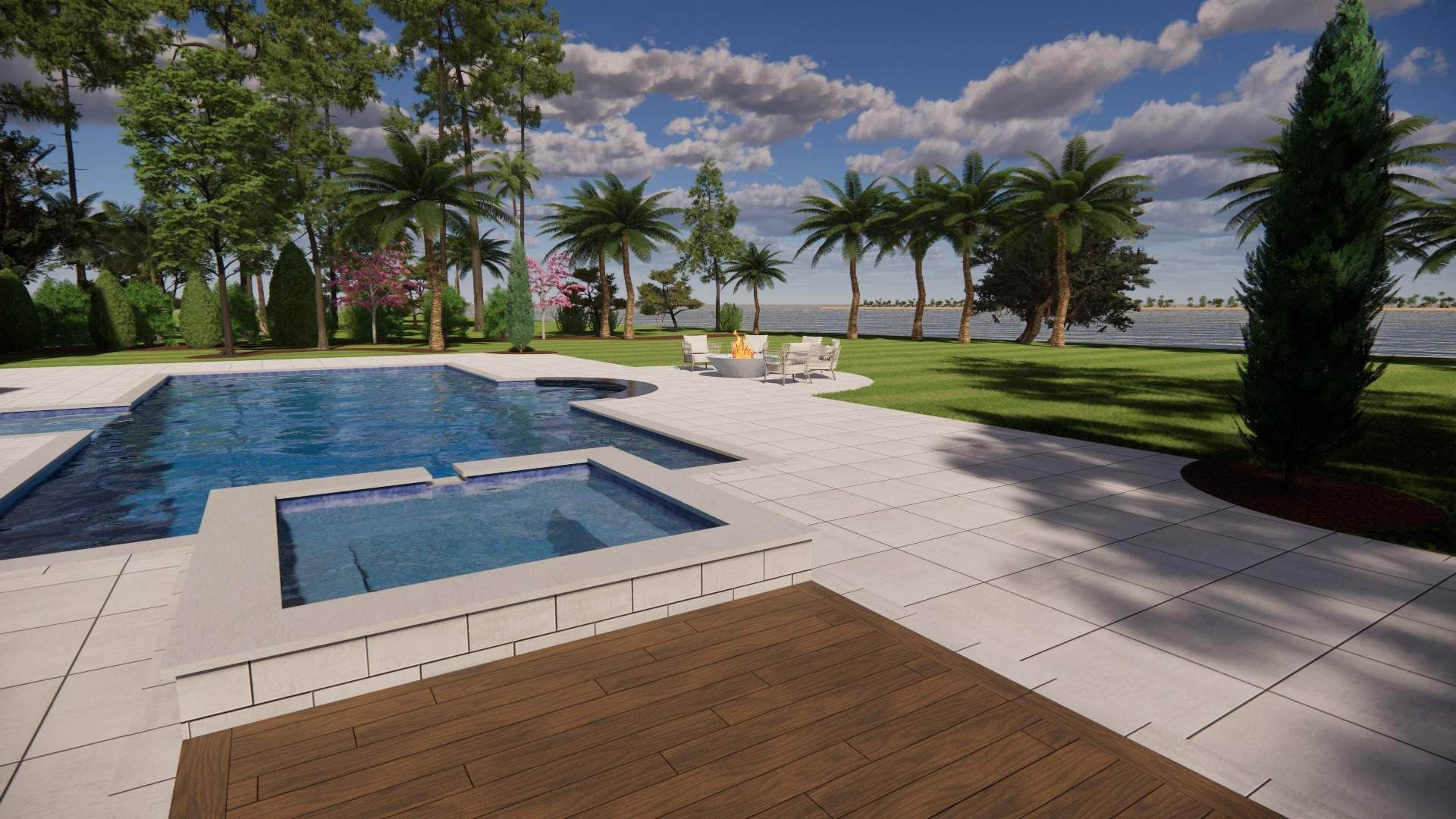Discover Thriving Salt-Tolerant Plants for Hilton Head Gardens
This is a subtitle for your new post

Discover Thriving Salt-Tolerant Plants for Hilton Head Gardens: 5 Resilient Choices!
Creating a beautiful garden in Hilton Head can be a challenge. The salty air and sandy soil can make it hard for many plants to thrive. But don’t worry! There are many salt-tolerant plants that can add color and life to your garden. These plants are special because they can handle the salt in the air and soil. In this article, you will learn about some of the best salt-tolerant plants for Hilton Head gardens. You will also find tips on how to care for them.
Key Takeaways
- Salt-tolerant plants are the best choice for gardens near the coast.
- These plants can survive in sandy soil and salty air.
- Choosing native plants helps the local environment.
- Proper care helps your plants grow strong and healthy.
For more information on selecting native plants for your local ecosystem, check out our guide on enhancing biodiversity in coastal gardens.
Why Choose Salt-Tolerant Plants?
In Hilton Head, salt and sand are part of life. The ocean brings salt air that can hurt many plants. This makes it important to choose plants that can thrive in these conditions. Salt-tolerant plants can survive and even bloom beautifully in tough environments. They need less water and are often easier to care for than other plants.
Using native plants is a smart choice, too. Native plants are already adapted to the local climate. They use less water and help local wildlife. They attract bees, butterflies, and birds, making your garden lively. When you plant salt-tolerant natives, you support the natural ecosystems around Hilton Head.
Popular Salt-Tolerant Plants for Hilton Head Gardens
Plant Name Flower Color Height Sunlight Requirement Sea Oats N/A 3-5 feet Full sun Beach Strawberry White 1 foot Full sun Salt Meadow Hay N/A 2-3 feet Full sun Common Bluebell Blue 1-2 feet Full sun Beach Mallow Pink/Purple 2-4 feet Full sun Yucca Plant White 2-4 feet Full sun Butterfly Bush Purple/White/Red 4-10 feet Full sun Lantana Various colors 1-3 feet Full sun 1. Sea Oats
Sea oats are a great choice for sandy areas. Their tall, graceful stems sway in the breeze and add beauty to any garden. They also help prevent erosion on dunes, making them useful as well as pretty.
2. Beach Strawberry
Beach strawberries are low-growing plants with sweet berries. They produce small white flowers in spring. These plants are perfect for filling in bare spots. They love sunny areas and can handle sandy soils.
3. Salt Meadow Hay
Salt meadow hay is a grass that grows well in saline conditions. It is often found near tidal areas. This plant can add texture to your garden and helps with soil stability.
4. Common Bluebell
The common bluebell is a lovely plant with blue flowers in spring. This plant can handle salty conditions and looks great in beds or along pathways.
5. Beach Mallow
Beach mallow is a colorful plant with pink and purple flowers. It thrives in sandy soils and is great for adding a splash of color to your garden.
6. Yucca Plant
The yucca plant has strong, sharp leaves and tall flower spikes. It is very salt-tolerant and needs little water. This makes it a great option for low-maintenance gardens.
7. Butterfly Bush
Butterfly bushes are not only beautiful, but they also attract butterflies. They can thrive in poor, salty soils and provide a vibrant display of colors.
8. Lantana
Lantana is a hardy plant with clusters of colorful flowers. It is drought-resistant and can handle salty air. It's great for adding color and attracting pollinators to your garden.
Tips for Planting Salt-Tolerant Plants
When planting salt-tolerant plants, there are some important things to remember:
Choosing the Right Location
Pick a sunny spot for your plants. Most salt-tolerant plants love full sun. They need at least six hours of sunlight each day to grow properly.
Preparing the Soil
Sandy soils are common in Hilton Head. Ensure the soil drains well. You can mix in organic matter like compost to help retain moisture and improve soil health.
Watering
Even salt-tolerant plants need some water when they are first planted. Water them regularly until they are established. After that, they will need less water.
Mulching
Adding a layer of mulch around your plants can help keep the soil moist. It also protects the roots from extreme temperatures.
Additional Care Tips
- Use native species: They have better resistance to local pests and diseases.
- Monitor growth: Keep an eye on the size and health of your plants.
- Companion planting: Combine different salt-tolerant plants for a varied and resilient garden.
Common Mistakes to Avoid
Overwatering
Many people think more water is better. But too much water can harm salt-tolerant plants. They usually need less water than other plants, especially once they are established.
Ignoring Local Conditions
Every garden is different. Pay attention to your local climate, soil type, and sunlight. Choose plants that fit your specific garden conditions.
Forgetting About Maintenance
While salt-tolerant plants are hardy, they still need care. Regular pruning, deadheading, and weeding will help keep your garden looking great.
Caring for Your Salt-Tolerant Garden
Caring for your garden is key to keeping your plants healthy and thriving. Here are some simple tips:
Regular Check-Ups
Look at your plants often. Check for any signs of pests or diseases. Early detection can save your plants.
Pruning
Prune your plants to remove dead or damaged parts. This helps the plant focus its energy on new growth.
Fertilizing
If needed, use a slow-release fertilizer to give your plants a boost. Be careful not to over-fertilize, as this can harm your plants.
Seasonal Care
Make changes to your care routine with the seasons. In the spring, focus on planting and new growth. In the summer, ensure adequate water. In the fall, prepare your garden for winter.
Seasonal Planting Schedule
Season Task Suggested Plants Spring Plant new flowers Beach Mallow, Bluebell Summer Water regularly Butterfly Bush, Yucca Fall Prune and prepare Sea Oats, Lantana Winter Mulch and protect Beach Strawberry Local Resources for Gardeners
Living in Hilton Head means you have access to some great local resources. Here are a few you can use to help with your gardening:
Local Nurseries
Visit local nurseries to find salt-tolerant plants that are suited for your area. The staff can provide valuable advice on the best choices for your garden.
Gardening Clubs
Join a gardening club in Hilton Head. You can meet other gardeners, share tips, and learn from each other’s experiences.
Online Forums
Look for online gardening forums. These can be great places to ask questions, share your successes, and learn from other gardeners who face similar challenges.
For more on gardening practices that support local wildlife, explore our resources on sustainable gardening techniques.
Final Thoughts
Creating a garden with salt-tolerant plants can be rewarding. You can have a beautiful outdoor space while also helping the local environment. By choosing plants that thrive in sandy, salty conditions, you can create a garden that is both easy to care for and stunning.
Remember to choose the right plants, prepare your soil, and provide consistent care. With these tips, you will have a flourishing garden in no time. Enjoy your gardening journey in beautiful Hilton Head!
Conclusion
Salt-tolerant plants are the perfect solution for Hilton Head gardens. They love the local salty air and sandy soil. With the right care, these plants can thrive, adding beauty and life to your outdoor space. Start planning your salt-tolerant garden today, and watch it grow!


